Previous FreshLink Projects
2009-2014 Core Research
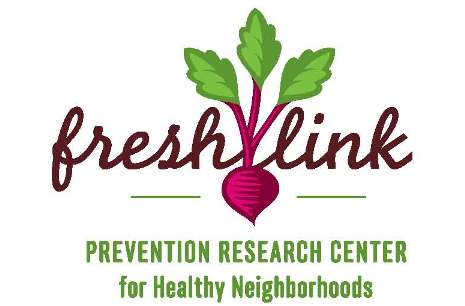
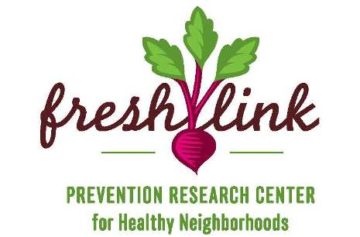
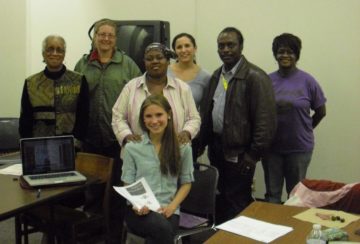



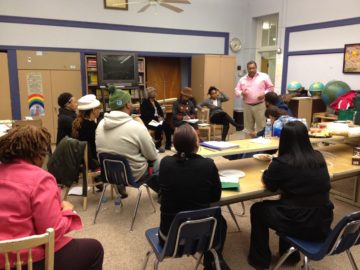
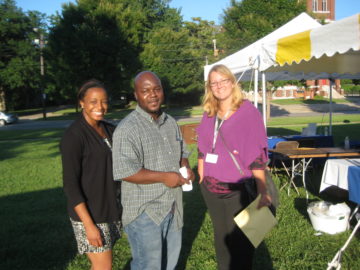
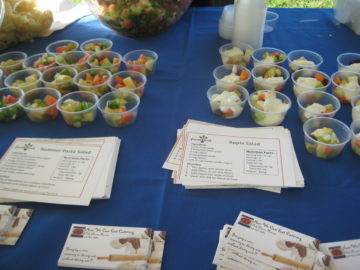
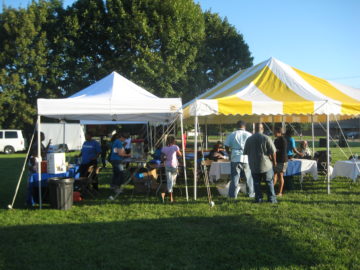

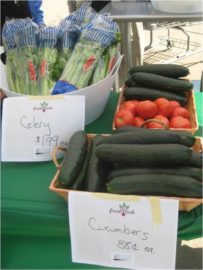
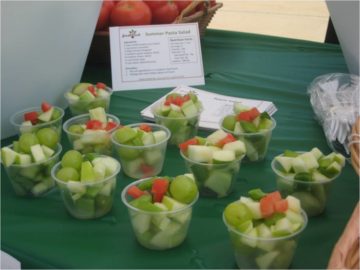
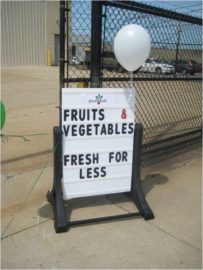
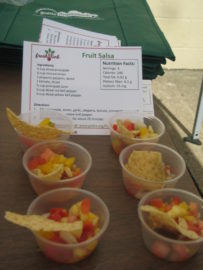

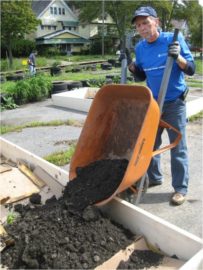
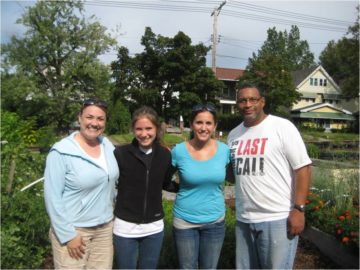
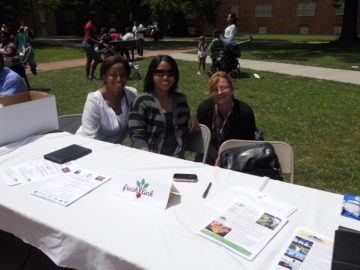
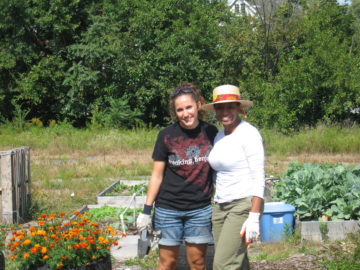

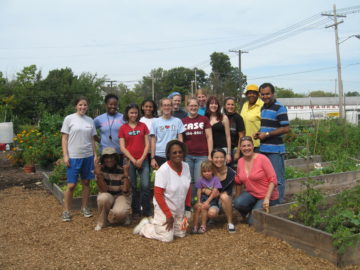
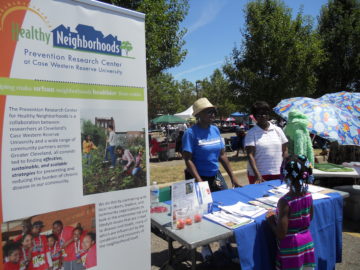
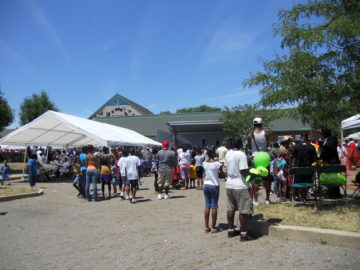
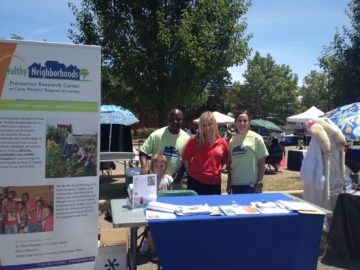
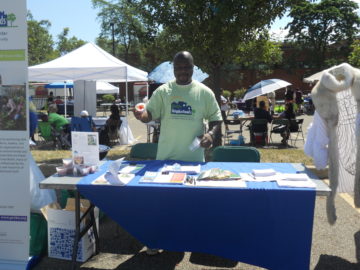


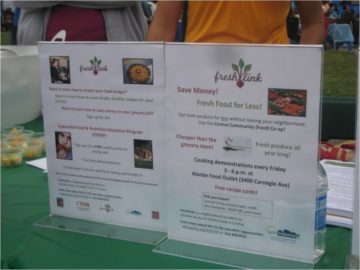
Four-Neighborhood Food Environment Study (2009-11)
- In-depth study of food environment in 4 neighborhoods (Buckeye, Central, Hough and E. Cleveland), including all food retail & gardens. Used data to develop neighborhood-specific CBPR projects.
Food Retail Audit and Classification Study (2011-13)
- Conducted in-store audits of over 1400 food retail outlets in Greater Cleveland; developed store classification system (adopted now by County Planning). Updated database in 2013.
EBT Farmers Market study (2009-2013)
- Investigators: Flocke, PRCHN Food Policy Research Working Group
- Community Partners: 20 participating markets-market managers and farmers, Ohio Jobs and Family Services, Ohio State University Extension
- Description: Efforts to improve access to fresh fruit and vegetables for low-income populations has included equipping farmers’ markets with technology to accept Food Assistance Program payment using Electronic Benefits Transfer (EBT) and financial incentives for shoppers. However, EBT use at farmers’ markets remains low and some have expressed concerns about not feeling welcome at farmers’ markets. This pilot study aims to evaluate the feasibility of implementing marketing, signage and informational support specifically designed for EBT users as a low-cost alternative strategy. The quasi experimental study examines the effect of the marketing and navigation materials on EBT users’ sense of feeling welcome at the market, ability to navigate the EBT system, and the overall shopping experience. The 20 farmers markets were matched on location, size and EBT technology experience in the prior season. Half were randomly assigned to receive the marketing materials. Market assessments at baseline and post implementation were used to evaluate the uptake of intervention materials; consumer shopping experience was assessed by survey. An additional sample of EBT recipients was surveyed from the Ohio Department of Jobs and Family Services to shed light on prior shopping experience and perceptions of farmers’ markets. Analysis of variance and chi square tests were used to test the association of intervention group and outcomes.
Food Melt Study (2013)
- Investigators: Trapl, Borawski, Flocke
- Community Partners: Cuyahoga County Board of Health
- Description: Urban neighborhoods often lack access to a large, full-service grocery stores or supermarkets. Because of this, residents often use smaller grocery stores and convenience stores to buy food. Additionally, many urban areas a large proportion of residents that receive food assistance. Residents in Cleveland neighborhoods have voiced their concerns about healthy food in local retail stores ‘melting’ off the shelves toward the end of the month due to food stamps being distributed by the county during the first week of the month. They stated that even when stores had available foods the prices were raised in order to offset overhead costs. This project aimed to investigate whether this is a reality for residents in the Cleveland area. A sample of 63 supermarkets (n=12), large grocery stores (n=15), and small grocery stores (n=36) was selected to be assessed for presence of the ‘melting’ phenomenon. A modified version of the NEMS-S, observing only perishable items, was used to assess price, availability, and quality of selected foods. Two trained raters surveyed each store at four time points in March and April of 2013 (beginning and end of each month). T-tests, chi-square, and repeated measures analysis of variance were used to analyze the data.
Food Policy Coalition Case Study (2013-2014):
- Investigators: Walsh, Borawski
- Community Partners: Food Policy Coalition (FPC), Ohio State University Extension (OSU-E)
- Description: Convened by OSU-E and the PRCHN, the FPC coordinates public-private partnerships aimed at improving food access in urban neighborhoods and stimulating the overall local food system in Northeast Ohio. Throughout its existence, the membership has been a mix of governmental agencies, non-profit organizations, educational institutions, businesses, farmers, and consumers. The goal of this project is to examine policy trajectories to explore the challenges and successes of achieving policy changes that modify the urban environment to improve resident health. This study allows for the development of indicators and outcomes that can be used to measure the impact of such policies on community health while providing insight into the role that the Food Policy Coalition has played in these achievements. This retrospective case study of a set of policies /legislation that have been adopted related to urban health in the past 5 years examines the steps taken that resulted in the adoption of those policies: What was the impetus for the policy action? Who were the stakeholders involved? What role did the FPC play during all steps of the process? What is the final result? How is this policy aimed at improving urban health? Semi-structured interviews with 7 key stakeholders were completed and transcribed. Analyses to discover themes are currently underway using NVivo software.
Neighborhood Working Group “Nutrition Navigator” Project (2013-2014)
- Investigators: Borawski, Walsh
- Community Partners: Buckeye, Shaker, Woodland Hills, and Larchmere residents, community leaders, and Healthy Eating and Active Living Initiative, and other community based organizations
- Description: The Neighborhood Working Group (NWG) is comprised of residents, community leaders, and other community based organizations from the Buckeye, Shaker, Woodland Hills, and Larchmere neighborhoods in Cleveland, Ohio. Using community based participatory research methods as a backdrop, NWG members help with identifying strategies for implementing and sustaining change in the urban food environment within the various neighborhoods. The NWG members have chosen to intervene with in-home childcare providers to improve healthy eating and active living habits for the families and children they serve. The core of this pilot project is the Nutrition Navigator who will work directly with in-home day care providers in the neighborhoods to provide information and support related to food access and healthy eating and active living. The Nutrition Navigator will receive support and training from the NWG and PRCHN. This project will be implemented over the course of 6 months. Pre and post-intervention data on changes in knowledge, skills, and beliefs among both in-home day care providers and Nutrition Navigators, social support and self efficacy, and other relevant process and outcome data from the overall pilot project will be collected.
Produce Prescription Feasibility Study (2013)
Intervention study linking pregnant women with Produce Perks Program (financial incentive to purchase F&V at a farmers’ market) via a federally qualified health center vs. a home-visit program, Moms First.
School Food Environment Audits (2012-13)
School Food Environment Assessments (SFEATS) in 68 CMSD schools that contain 6-8 graders. Able to link data to school specific YRBS data.
Community Gardens and Harvest Reach Study (2013)
Audited 250 community gardens; interviewed garden managers and gardeners; gathered info on garden size, characteristics, resources, safety and access with goal to (1) develop a classification system of all urban agriculture outlets; and (2) to assess and classify the reach of the produce harvested in the gardens
Citywide Parks and Green Space Surveillance (2013)
Gathering census of all parks and green space in each of Cleveland’s 37 neighborhoods; conducting on-site community park audits (CPAT) for all parks, which include available food and water checks; assessing access to park, surrounding neighborhood characteristics, park activity, quality and safety.
